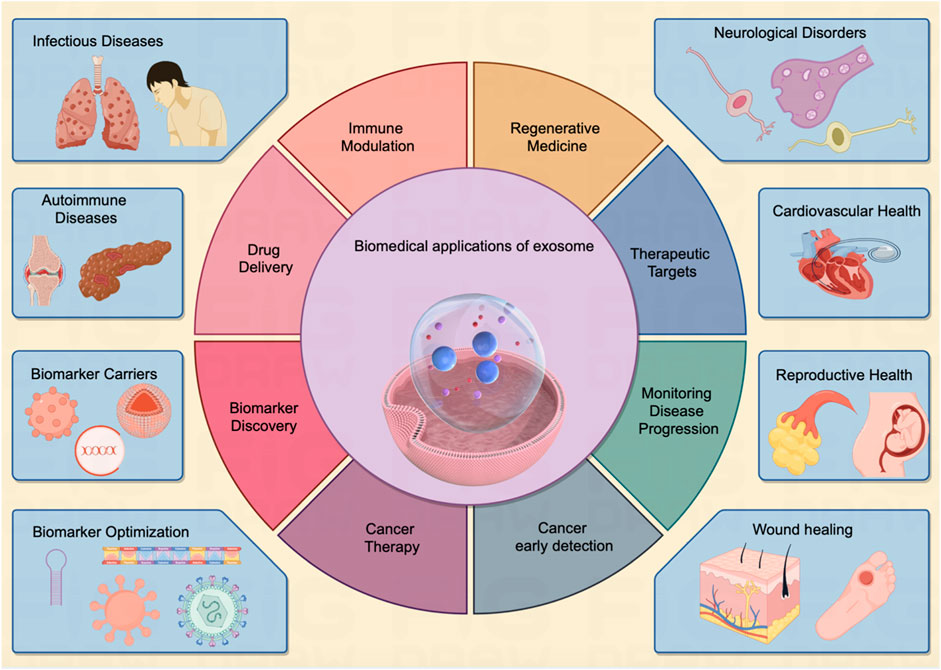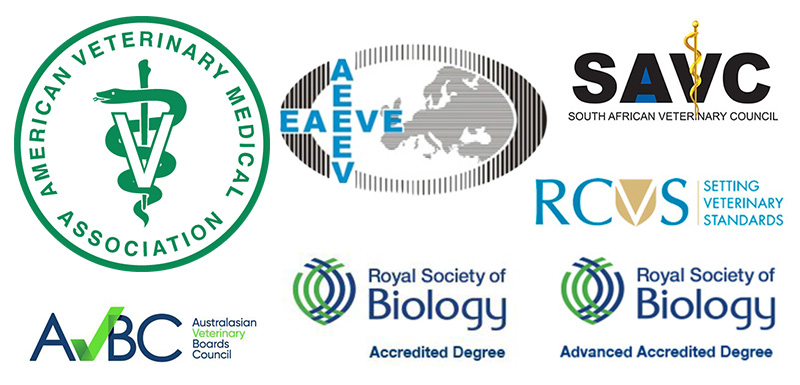
NIH-supported findings reveal potential for cancer therapies in combating cardiovascular disease
April 30, 2024
Researchers have discovered a groundbreaking connection between atherosclerosis and cancer, opening up new possibilities for cardiovascular disease research and treatment. Supported by the National Institutes of Health (NIH), this study could pave the way for the use of anti-cancer drugs to counteract the buildup of plaque in the arteries, a major cause of cardiovascular disease.
- The Study
Using a combination of molecular techniques in mouse models and tissue samples taken from patients with atherosclerosis, the researchers characterized the molecular mechanisms that drive the transformation of smooth muscle cells into cancer-like cell types. This transition worsens the disease and leads to the buildup of plaque in the arteries.
- Key Findings
- The converted smooth muscle cells of atherosclerotic plaque showed increased rates of DNA damage and genomic instability, which are hallmarks of cancer.
- Cancer-associated genes became more active during the reprogramming of smooth muscle cells into plaque cells.
- A mouse model expressing a known cancer mutation accelerated the reprogramming process and worsened atherosclerosis.
- Treating atherosclerotic mice with the anti-cancer drug niraparib, which targets DNA damage, showed potential for preventing and treating atherosclerosis. In fact, niraparib was found to shrink atherosclerotic plaques in mice.
- Implications
These findings provide a deeper understanding of the molecular mechanisms driving the transition of smooth muscle cells and offer opportunities to disrupt tumor-like pathways. By changing how these cells behave, it may be possible to prevent or slow the progression of atherosclerosis.
- Sustainable Development Goals (SDGs)
- This research aligns with SDG 3: Good Health and Well-being, as it contributes to the prevention and treatment of cardiovascular disease, a leading cause of global morbidity and mortality.
- Furthermore, this study supports SDG 9: Industry, Innovation, and Infrastructure, as it explores the potential use of anti-cancer drugs in a new field of cardiovascular disease research.
Funding for this study was provided by NHLBI grants: K99HL153939, R00HL153939, R01HL166916, R01HL113147, R01HL150359, and R01HL169766.
About the National Institutes of Health (NIH)
NIH is the nation’s medical research agency and a component of the U.S. Department of Health and Human Services. With 27 Institutes and Centers, NIH conducts and supports basic, clinical, and translational medical research to investigate the causes, treatments, and cures for both common and rare diseases. For more information about NIH and its programs, visit www.nih.gov.
NIH…Turning Discovery Into Health®
SDGs, Targets, and Indicators
| SDGs | Targets | Indicators |
|---|---|---|
| SDG 3: Good Health and Well-being | Target 3.4: By 2030, reduce by one-third premature mortality from non-communicable diseases through prevention and treatment and promote mental health and well-being | Indicator: Rates of cardiovascular disease-related deaths |
| SDG 9: Industry, Innovation, and Infrastructure | Target 9.5: Enhance scientific research, upgrade the technological capabilities of industrial sectors in all countries, in particular developing countries, including, by 2030, encouraging innovation and substantially increasing the number of research and development workers per 1 million people and public and private research and development spending | Indicator: Investment in research and development in the field of cardiovascular disease |
| SDG 17: Partnerships for the Goals | Target 17.16: Enhance the global partnership for sustainable development, complemented by multi-stakeholder partnerships that mobilize and share knowledge, expertise, technology, and financial resources | Indicator: Number of partnerships formed between healthcare institutions and research organizations to address cardiovascular disease |
1. Which SDGs are addressed or connected to the issues highlighted in the article?
The issues highlighted in the article are connected to SDG 3: Good Health and Well-being, SDG 9: Industry, Innovation, and Infrastructure, and SDG 17: Partnerships for the Goals.
2. What specific targets under those SDGs can be identified based on the article’s content?
Based on the article’s content, the specific targets that can be identified are:
– Target 3.4: By 2030, reduce by one-third premature mortality from non-communicable diseases through prevention and treatment and promote mental health and well-being
– Target 9.5: Enhance scientific research, upgrade the technological capabilities of industrial sectors in all countries, in particular developing countries, including, by 2030, encouraging innovation and substantially increasing the number of research and development workers per 1 million people and public and private research and development spending
– Target 17.16: Enhance the global partnership for sustainable development, complemented by multi-stakeholder partnerships that mobilize and share knowledge, expertise, technology, and financial resources
3. Are there any indicators mentioned or implied in the article that can be used to measure progress towards the identified targets?
Yes, there are indicators mentioned or implied in the article that can be used to measure progress towards the identified targets. These indicators include:
– Indicator: Rates of cardiovascular disease-related deaths (Target 3.4)
– Indicator: Investment in research and development in the field of cardiovascular disease (Target 9.5)
– Indicator: Number of partnerships formed between healthcare institutions and research organizations to address cardiovascular disease (Target 17.16)
These indicators can be used to track progress in reducing premature mortality from cardiovascular diseases, increasing research and development efforts in the field of cardiovascular disease, and fostering partnerships for addressing cardiovascular disease.
4. Table: SDGs, Targets, and Indicators
| SDGs | Targets | Indicators |
|---|---|---|
| SDG 3: Good Health and Well-being | Target 3.4: By 2030, reduce by one-third premature mortality from non-communicable diseases through prevention and treatment and promote mental health and well-being | Indicator: Rates of cardiovascular disease-related deaths |
| SDG 9: Industry, Innovation, and Infrastructure | Target 9.5: Enhance scientific research, upgrade the technological capabilities of industrial sectors in all countries, in particular developing countries, including, by 2030, encouraging innovation and substantially increasing the number of research and development workers per 1 million people and public and private research and development spending | Indicator: Investment in research and development in the field of cardiovascular disease |
| SDG 17: Partnerships for the Goals | Target 17.16: Enhance the global partnership for sustainable development, complemented by multi-stakeholder partnerships that mobilize and share knowledge, expertise, technology, and financial resources | Indicator: Number of partnerships formed between healthcare institutions and research organizations to address cardiovascular disease |
Copyright: Dive into this article, curated with care by SDG Investors Inc. Our advanced AI technology searches through vast amounts of data to spotlight how we are all moving forward with the Sustainable Development Goals. While we own the rights to this content, we invite you to share it to help spread knowledge and spark action on the SDGs.
Fuente: nih.gov

Join us, as fellow seekers of change, on a transformative journey at https://sdgtalks.ai/welcome, where you can become a member and actively contribute to shaping a brighter future.






